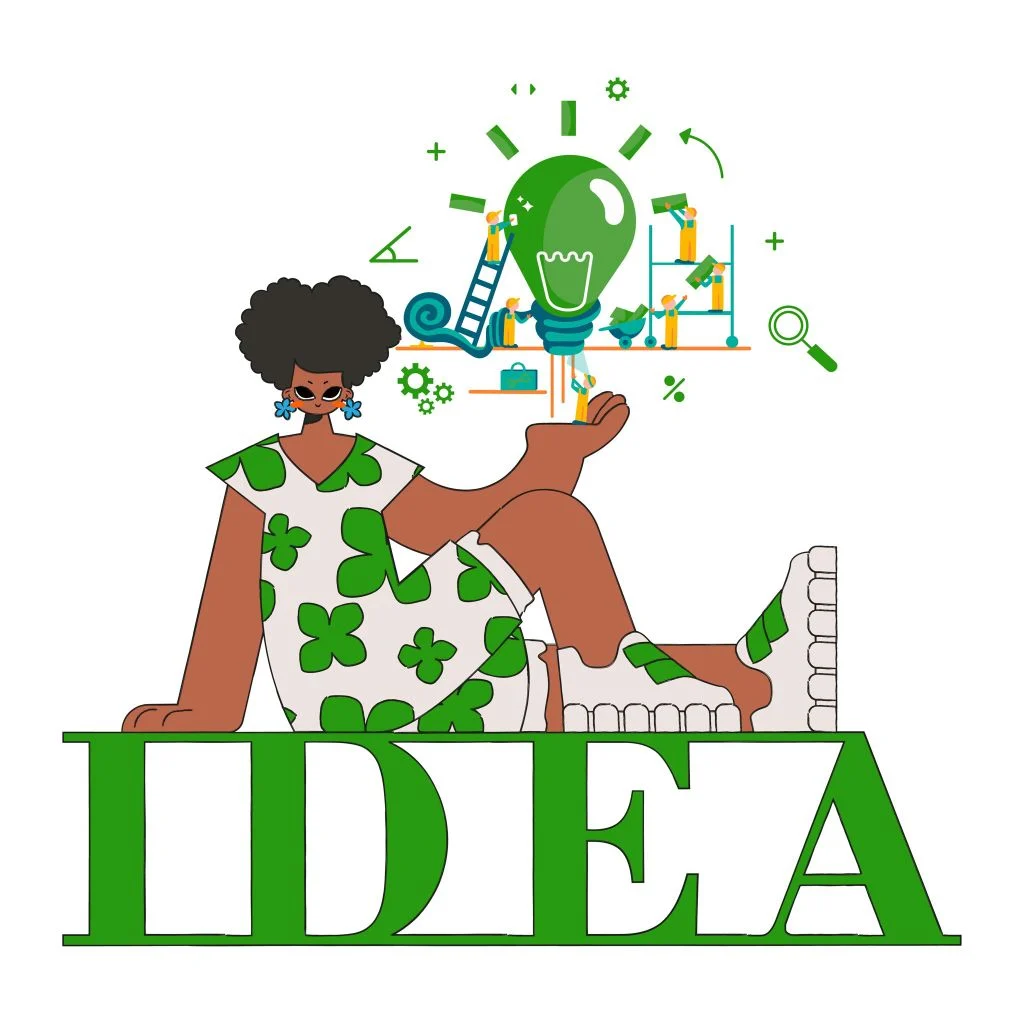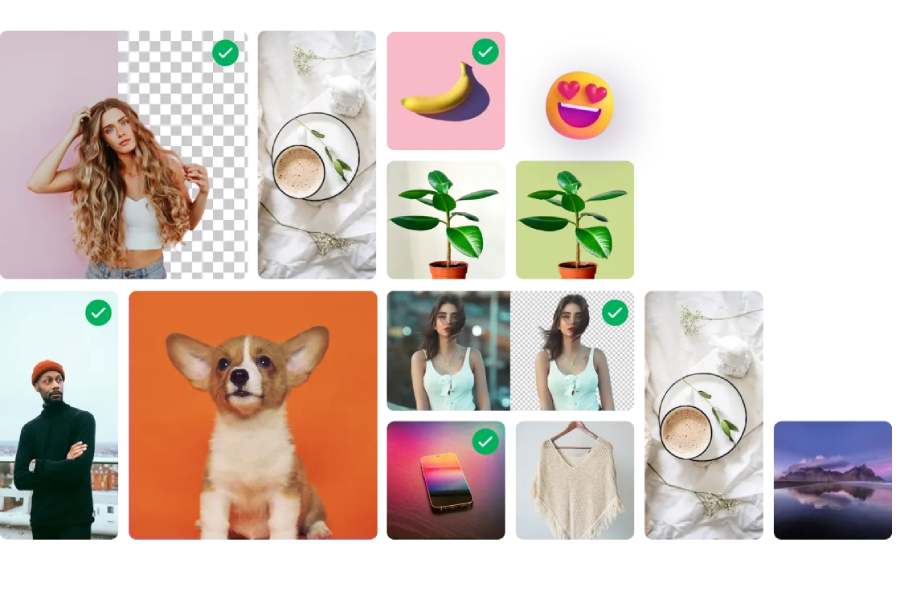Best Selling Products
Design Learning Path for Those Who Want to Become Professional Designers
Nội dung
- 1. Reasons why you need to follow a design learning roadmap
- 2. Design Learning Path for Beginners
- 2.1 Learn and become familiar with the principles of design
- 2.2 Explore and master design support tools
- 2.3 Register for a design course
- 2.4 Practice designing real projects when the opportunity arises
- 3. Benefits of Practicing Design Through Real Projects
- Conclude
In this article, we will introduce to you a detailed design learning path, from the first steps until becoming a professional designer.
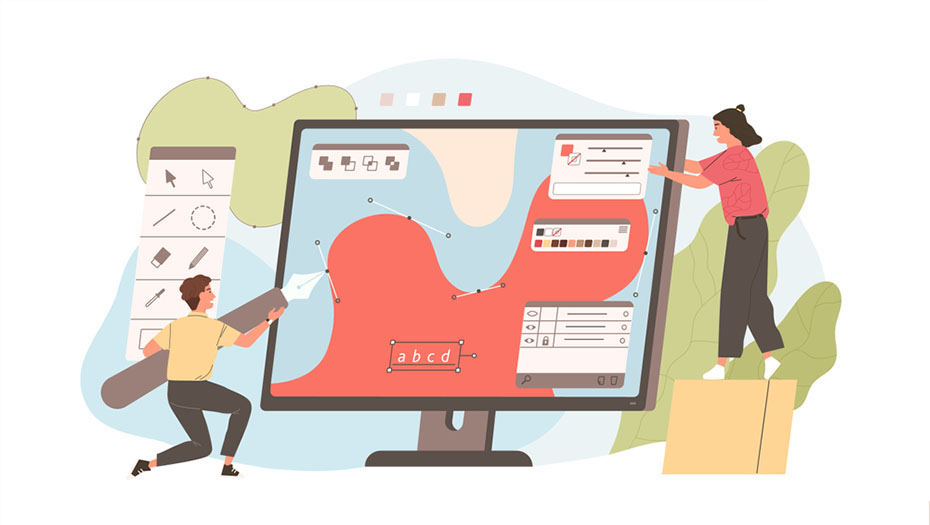
When starting out in the world of design, it is extremely important to build a clear and scientific design learning path. A reasonable learning path not only helps you access basic knowledge but also develops in-depth design skills over time. Whether you are a beginner or want to improve your skills, a standard SEO design learning path will help you save time and effort, while achieving the best results. In this article, we will introduce you to a detailed design learning path, from the first steps to becoming a professional designer.
1. Reasons why you need to follow a design learning roadmap
Following a clear and systematic design learning path is important to help you progress effectively in this field. Here are some reasons why you need to follow a design learning path:
Build a solid foundation: The design learning path helps you master the fundamentals and important design principles. Without a solid foundation, you will have difficulty accessing advanced techniques and tools later.
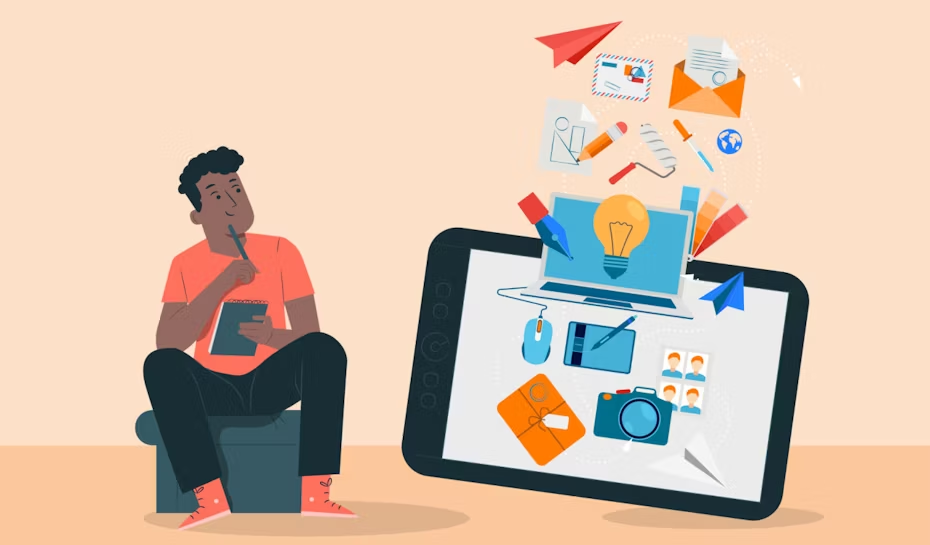
Save time and effort: A clear learning path will help you focus on the necessary skills and knowledge, avoiding rambling and wasting time on content that is not relevant to your learning goals.
Develop your skills systematically: Following a design learning path helps you develop your skills gradually and systematically. You will learn how to apply design tools and techniques systematically, thereby improving your work efficiency and creativity.
Easy to track progress: When you have a design learning path, it becomes easier to track your learning process and evaluate your progress. This helps you adjust your learning method and improve your skills in a short time.
Achieving learning goals: A well-designed learning roadmap will help you clearly define your learning goals and what you need to achieve at each stage. This will motivate you to stay motivated and not lose track of your learning.
2. Design Learning Path for Beginners
2.1 Learn and become familiar with the principles of design
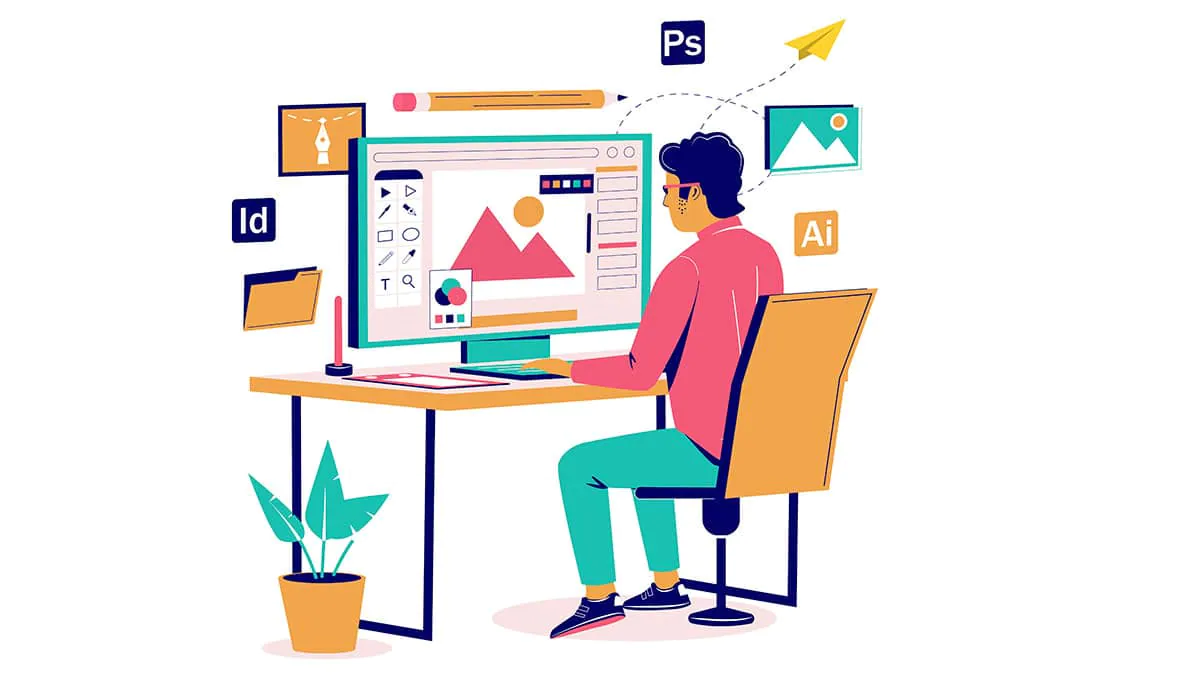
When learning design, learning and becoming familiar with the principles of design is an important step to help you create products that are aesthetically pleasing, easy to see and easy to understand. Below are some basic principles of design that you need to master:
Balance
The principle of balance helps distribute design elements evenly to create harmony in the product. There are two types of balance:
- Symmetrical balance: Elements are evenly distributed on either side of a central axis.
- Asymmetrical Balance: Elements are not evenly divided, but still create a sense of balance through the use of color, size, and space.
Contrast
Creating contrast helps highlight important elements in a design, such as headlines, images, or other areas of content that need attention. Contrast can come from color, size, shape, or typeface. A clear contrast helps viewers easily identify important parts of a design.
Emphasis
This principle helps identify and highlight important elements in a design. Through the use of bold colors, large sizes, or special placement, you can create emphasis on areas that need attention.
Harmony
Harmony is the creation of a connection between design elements that helps them flow together without being confusing to the viewer. This can be achieved by using similar colors, images, and typography, or by having logical connections between elements.
Simplicity
The principle of simplicity is to eliminate unnecessary elements, keeping the most important and accessible. A simple but elegant design will easily impress and convey the message effectively.
Proportion and Scale
Proportion and scale refer to the consideration of the size and relationship between design elements. A well-proportioned design will help elements interact with each other in a natural and pleasing way. Varying the size and scale of elements can also create special effects, helping to distinguish important sections.
Flow (Rhythm)
Flow in design creates a sense of movement and rhythm. This principle can be achieved by repeating elements such as images, colors, or typography to create a continuous connection throughout the design.
Space (Space)
Space (also known as negative space) in design helps create openness, avoid a feeling of being cramped and makes it easy for viewers to follow design elements. Reasonable space helps highlight important elements without reducing the viewer's attention.
2.2 Explore and master design support tools
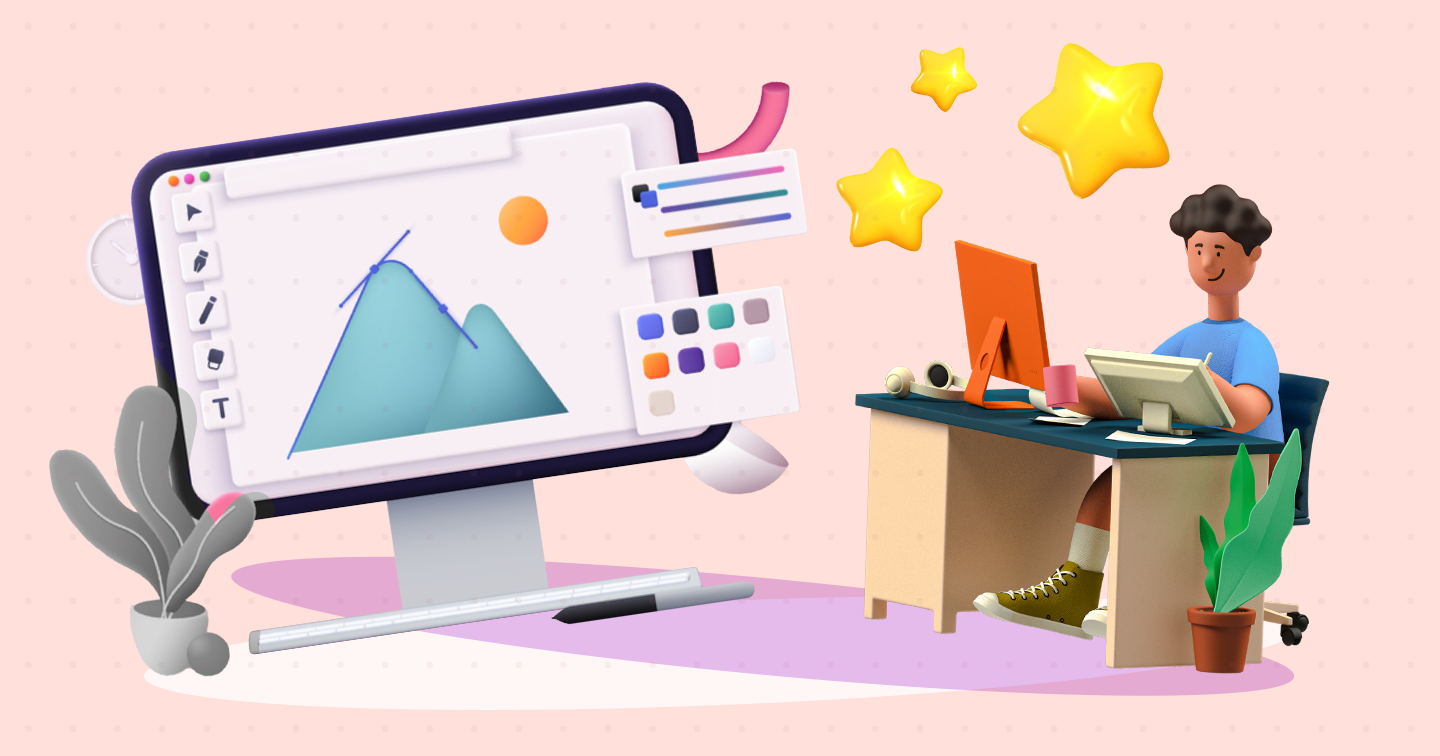
Discovering and mastering design tools is an important part of becoming a professional designer. Design tools help you bring your ideas to life and create innovative, impactful products. Here are some popular design tools and how to master them:
- Adobe Photoshop is a powerful graphic design software, mainly used for photo editing, graphic design, and creating special effects.
- Adobe Illustrator is a powerful vector design tool, ideal for creating logos, charts, or any graphic that can be scaled without losing quality.
- Canva is an easy-to-use online design tool that is especially suitable for beginners. It offers a wide range of pre-designed templates for documents such as posters, invitations, presentation slides, and more.
- Figma is a popular user interface (UI) and user experience (UX) design tool. It enables online design and efficient teamwork.
These software are currently hot and most popular among designers today. These tools are very useful, currently they are sold by SADESIGN at affordable prices.
2.3 Register for a design course
Before enrolling, you need to clearly define your design learning goals. Do you want to learn graphic design, web design, UI/UX, or multimedia design? Clearly defining your goals will help you choose the right course. You can choose to study online or in person. However, after completing the course, leave a review of the course to help future students have more information. At the same time, if you feel it is necessary, you can take more advanced or in-depth courses.
2.4 Practice designing real projects when the opportunity arises
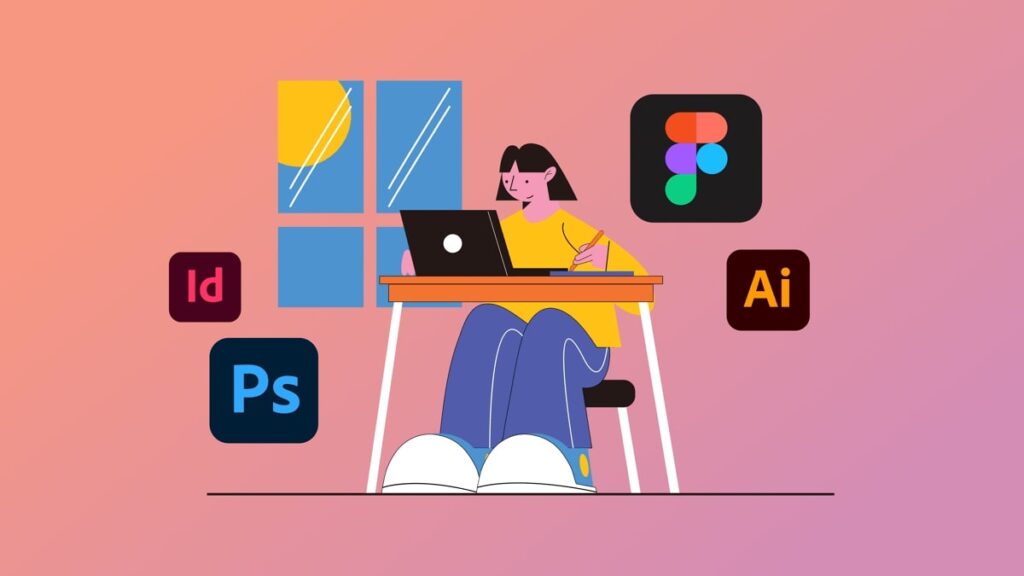
Practicing on real-world design projects is a great way to hone your skills and advance your design career. When you have the opportunity to work on real-world projects, you not only apply what you’ve learned, but you also learn from real-world challenges. Here are some ways to practice design through real-world projects:
- Take on Freelancer Projects: As a freelancer, you'll get the chance to work with real clients, learn how to handle specific requests, and hone your communication and project management skills.
- Internships at design firms: If you want to gain real-world experience in a professional environment, you can look for design internships. Design and advertising firms often hire interns, where you will be tasked with designing real company projects. You will: Learn from experienced designers. Work with creative teams. Practice your skills on time-bound projects
- Practice design projects for family, friends and acquaintances: Working for people you know will help you feel more confident when trying out big projects without much pressure.
- Personal projects
- Get involved in community projects: Contribute designs to non-profit organizations or volunteer projects. Collaborate on designs with educational groups or organizations to support communication campaigns, teaching materials, or events.
Practicing design through real projects is the best way to improve your skills and become a professional designer. You can start with small projects and gradually increase the difficulty, working with real clients to gain experience and build a reputation in the design industry.
3. Benefits of Practicing Design Through Real Projects
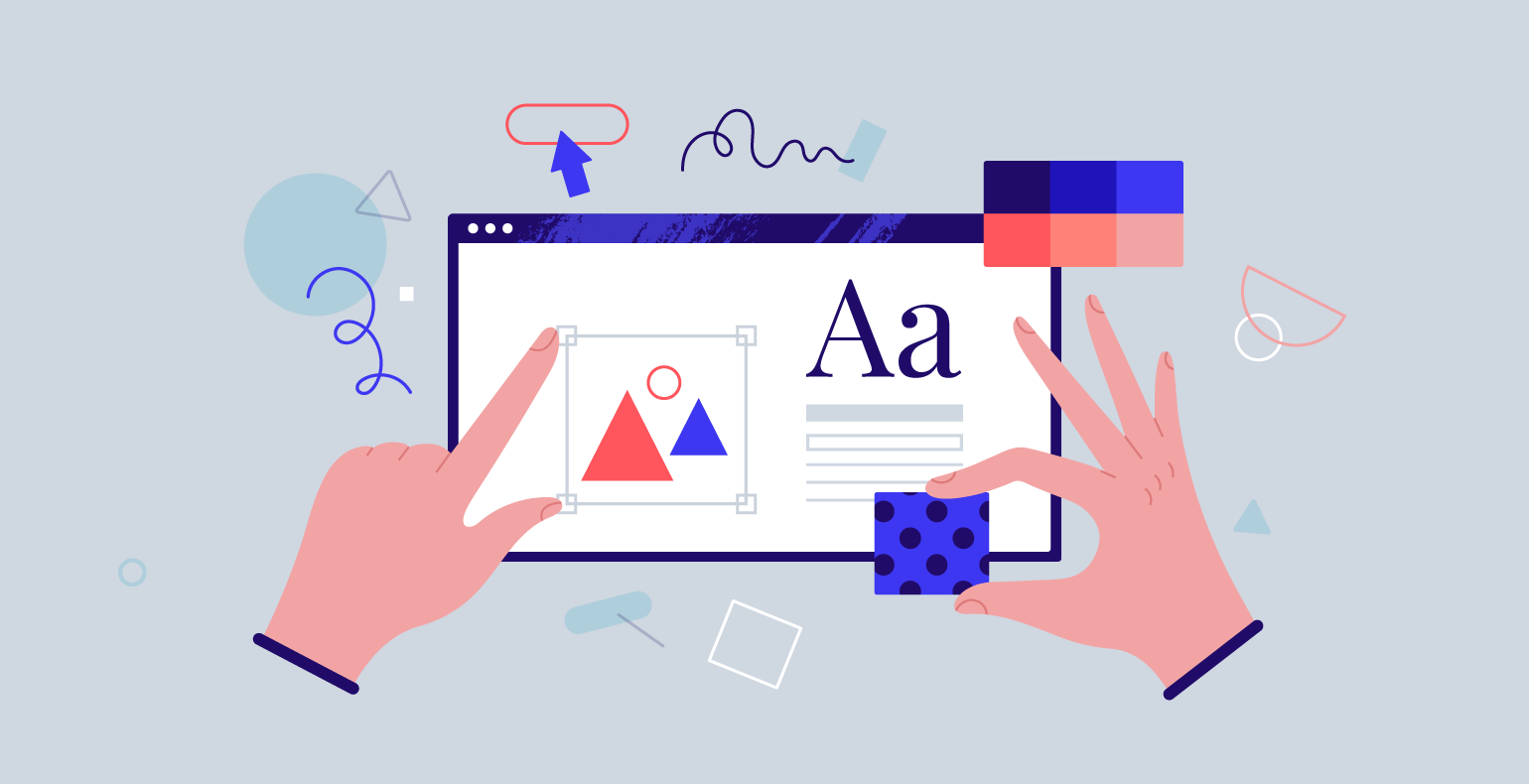
- Real-world experience: Gets you familiar with real-world customer requests, feedback, and deadlines.
- Develop problem-solving skills: You will learn how to solve design problems that can only be encountered in a real-world environment.
- Improve your portfolio: Real projects will enrich your portfolio, a powerful tool for you to impress recruiters or clients.
- Networking: Working with real clients helps you expand your network and create future career opportunities.
Conclude
To become a professional designer, building a clear and reasonable design learning path is extremely important. Through each step from learning the basics of design principles, getting familiar with support tools, to practicing through real projects, you will gradually develop and improve your skills. A good design learning path not only helps you be solid in knowledge but also opens up many attractive career opportunities. So, start today and persistently pursue your own design learning path to achieve success in this creative field .










































